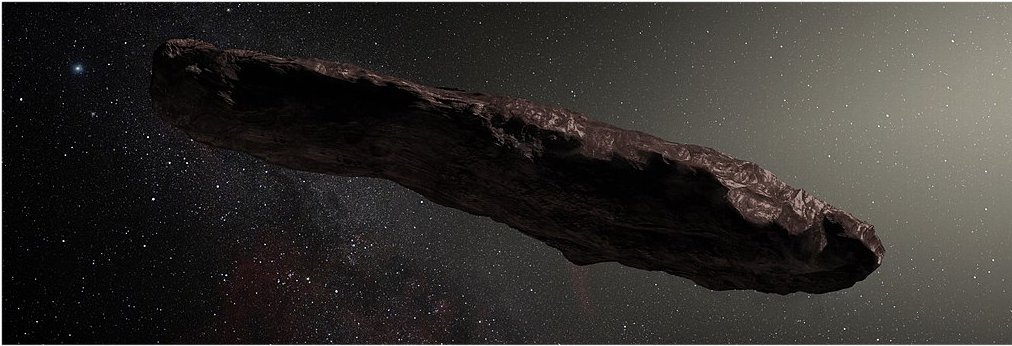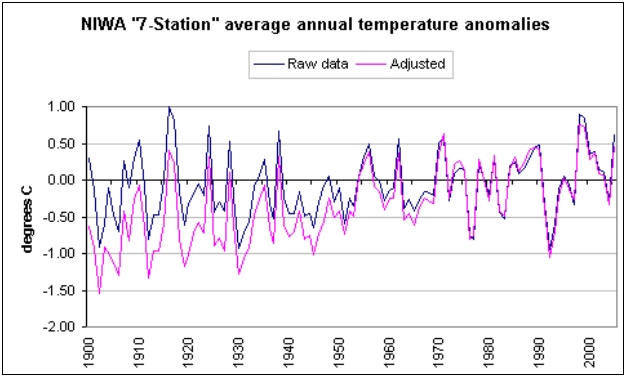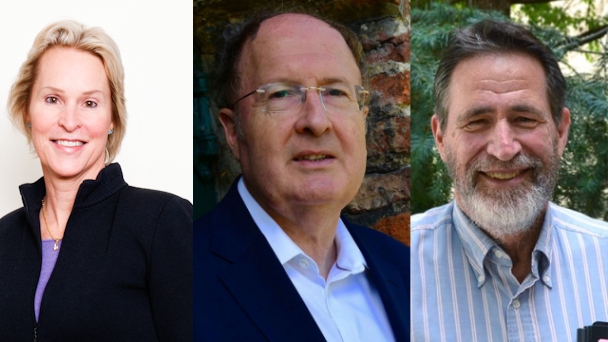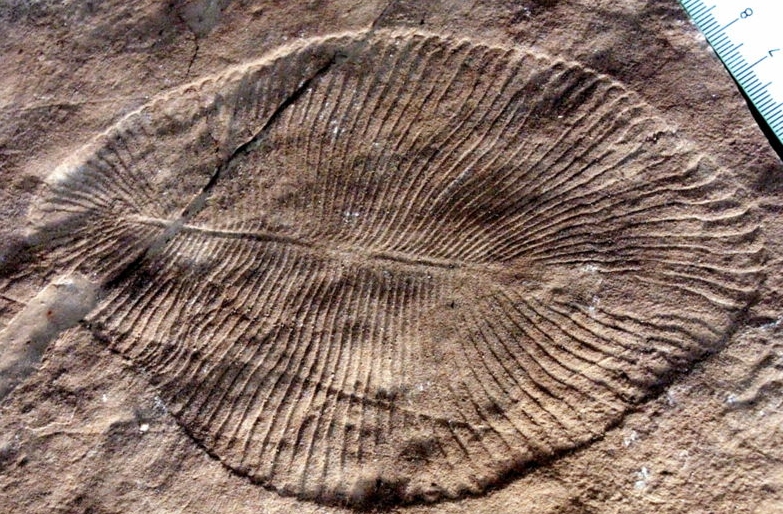
Many people think that homeschooling is unique to the United States. However, nothing could be further from the truth! Homeschooling is a worldwide phenomenon. For example, I have spoken at homeschooling conventions in Canada, South Africa, Australia, New Zealand, South Korea, and Thailand. In addition, I have spoken to homeschoolers in one country that I can’t mention because it is illegal to homeschool there. In my interactions with homeschooling families all over the world, I have seen lots of differences. In South Korea, for example, many families homeschool because they think the school system is far too demanding. In high school, for example, South Koreans use the “five hour rule,” which states that if a high school student gets even five hours of sleep a night, he or she will not be able to go to college. On the other hand, many homeschoolers in the United States (myself included) choose to homeschool because the schools are not demanding enough of their students.
Despite the differences among homeschoolers worldwide, there are many similarities. One example of this comes from a country that I have not yet visited: Israel. Two senior lecturers from Western Galilee College in Akko, Israel recently published a small study in which they interviewed 30 Israeli homeschooling mothers to find out why they homeschool and what benefits they have seen as a result of homeschooling. While reading the paper, I was struck by the similarities between homeschooling in Israel and homeschooling here in the U.S.
For example, the mothers generally thought that homeschooling made their children more inquisitive. I find that is true of homeschooled students in the U.S. as well. I teach at a university where there are some homeschool graduates (and some who are still being homeschooled) as well as a lot of public and private school graduates. I find that the homeschool graduates are significantly more likely to participate in class, and they are even more likely to ask me questions that go well beyond the requirements of the course. The homeschoolers are simply more inquisitive than their peers.
The mothers in the study also thought that their children had more self-confidence and weren’t afraid of being labelled as “different.” This is something I see with homeschooled students all over the world. Regardless of the culture they are in, homeschooled students are more likely to challenge the “norms” of the culture and do what they think is right, regardless of what their peers think. In my opinion, that is one of the major benefits of homeschooling. In this era where people actively seek to punish and even harm you if you rebel against the groupthink that has infected the culture, it is more important than ever to produce young people who are willing to be different.
By far the most important benefit that these mothers identified was that their children were not poisoned with age prejudice. This is also true of homeschoolers throughout the world. Group schooling (government or private) promotes the idea that students should only make friends with people who are roughly their own age. After all, children spend most of their school day cloistered away in ghettos, surrounded by children who are roughly their own age. As a result, they don’t get much experience interacting with people of other ages. Homeschooling is generally quite different.
While homeschooled children will spend some time with friends their own age, they tend to spend most of their time with family members, which span the age spectrum. In addition, when homeschooling groups get together, all ages are generally included. This produces a very healthy environment for socialization that is sadly lacking in most schools. As a result, homeschooled children are more likely to socialize with people of all ages. I remember being struck by this the very first homeschooling event that I attended. I saw the high-school students playing with the elementary kids and actually enjoying themselves. I also had young people introducing themselves to me and engaging in conversation. I have spent time with students of all backgrounds throughout my teaching career, but I almost never see healthy, age-independent socialization except when I am at a homeschooling event.
Despite these similarities, there are differences between homeschooling mothers in the U.S. and the homeschooling mothers in this study. For example, none of the mothers mentioned any religious motivations for homeschooling. While the number of mothers in this study is small, I would suspect that if if the same study were done in the U.S., the majority of mothers would have included religion as at least part of their motivation for homeschooling. Also, while it might have been an artifact of the study, there was no mention of academic achievement. The mothers mentioned many benefits of homeschooling, but academic achievement was not among them. Once again, had this study been done in the U.S., I would suspect that academic achievement would have been mentioned by several mothers.
In the end, it seems that homeschoolers around the world have some differences among them, but those differences pale in comparison to the things that they have in common. I hope more research like this is done, because the more we learn about homeschooling, the more we see its benefits worldwide!









